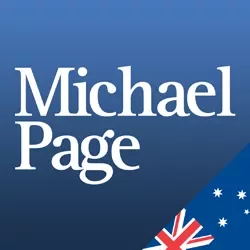How businesses can recover from disruption and setbacks



It doesn’t matter which industry you are in: every organisation faces disruption and setbacks at some point or another. In fact, a study by Accenture found that 63% of large organisations face high levels of disruption. What’s more, an astounding 44% have severe signs of susceptibility to future disruption.
Disruption is an inevitable part of business. However, the differentiating factors that separates the Googles and Amazons from the rest is how they respond, adapt, and recover as an organisation.
While it’s absolutely impossible to predict broader macro-economic changes or disruptions in your industry, it is possible to build a framework that enables your business to better handle these changes. We’ve compiled the latest insights on how businesses can combat and navigate this uncertainty with certainty.
The sooner you accept the challenges and the disruptions, the sooner you can start adapting and recovering. As a leader or manager, it’s important to face the reality as early as possible, formulate your response, and communicate — even if you’re not certain of what to expect.
Clearly and frequently communicate your organisation’s values and mission
In a disruptive environment, the strategies and tools a company uses shift regularly and rapidly. During this time, your core values and mission — your ‘why’ — provide employees with an anchor to hold on to. It helps alleviate their anxiety, and ensures any short-term changes are aligned with a broader, long-term vision.
A study by Gallup found that employees who felt their company had a clear direction for the organisation were less likely to worry about their jobs, and more willing to address their own skills gaps. This attitude towards constant learning and development is key for employees navigating work challenges effectively.
Truly accountable leadership is crucial if organisations want to weather the storm of uncertainty and come out the other side. Best-selling author Vince Molinaro found that among the strongest performing companies, there were five key behaviours that every accountable leader shared:
Times of crisis or disruption require new skills, mindsets, and frameworks. Once your organisation has addressed the current situation and acknowledged the strategic priorities for the future, you need to ensure your team has the skills to get you there.
Reskilling is the talent investment that’s most capable of driving business success during moments of transformation. Despite this, a Mercer study found that 40% of HR and management teams don’t know what skills their workforce has today and only 34% are investing in workforce learning.
Look at the future direction of your organisation: where does your company want to go, and does your team have the skills needed to help you get there? Once you’ve pinpointed the most valuable skills, focus on upskilling and reskilling with speed and across all generations.
If you are an employer and would like to discuss your hiring needs, fill in the form below and we will call you back.
